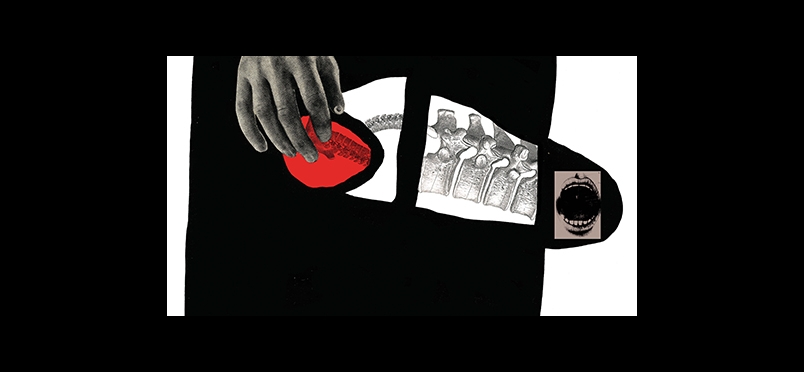| low back pain
Virtual Reality Helps Patients with Back Pain to Resume Activity

A Low Cost, Nonpharmacological Intervention Can Overcome Pain Related Fear of Movement
A new study presented this week at the Annual Meeting of the Association of Academic Physiatrists reports that an intervention using virtual reality (VR) may encourage patients with chronic low back pain (CLBP) to overcome their fear of becoming physically active. This psychological barrier to activity tends to make CLBP even worse, and encouraging sufferers to engage in physical movement is important to securing better outcomes. Commenting on the incidence and cost associated with CLBP, coauthor Lucie Mitchell, DO, remarked, “Narcotic prescriptions (for CLBP) have increased 300% since the 1990s, and these provide little to no benefit in terms of pain relief or reduction in disability. Accordingly, there is a pressing need for innovative, low cost, and accessible interventions to prevent transition to CLBP that have the potential to reduce addiction and abuse.”
Researchers from University of Alabama-Birmingham Department of Physical Medicine and Rehabilitation collaborated with colleagues from Ohio University and University of Texas at Dallas to test a prototype VR intervention designed to challenge fearful avoidance pain beliefs. 34 participants with CLPB and maladaptive pain beliefs were enrolled in the study. Following administration of a 3 day VR protocol, the team found that the intervention was particularly effective in reducing average daily pain and pain related interference among patients with high levels of both. Dr. Mitchell continued, “Our results demonstrate that significant reduction of pain and harm appraisals can be achieved using a virtual exposure platform. Our long-term goal is to perform a multicenter, randomized clinical trial to examine the efficacy of a novel virtual reality gaming-graded exposure intervention for pain related fear and disability in low back pain.”
For more information, click on virtual reality or low back pain.
Read about the findings.
Other Categories:
Did you enjoy this article?
Subscribe to the PAINWeek Newsletter
and get our latest articles and more direct to your inbox